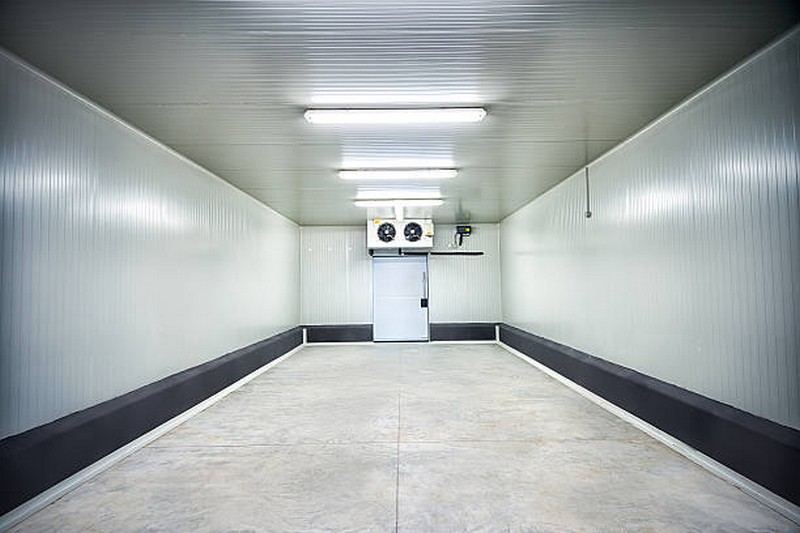Cold room panels are essential for efficient thermal insulation and are thus a crucial component of contemporary refrigerated buildings. Innovations in cold room panel design, installation, and functionality have been spurred by the growing concern for sustainability and environmental friendliness on a global scale.
The Evolution of Panel Joints in Cold Room Construction
Panel joints are a vital aspect of cold room panels, serving as the bridge between the cold room’s insulated interior and the external environment. The integrity of these joints is crucial for preventing the ingress of warm, humid air, which can compromise the room’s temperature regulation and lead to costly repairs, especially in large-scale industrial settings.
Recent advancements have led to the development of more sophisticated joint designs, enhancing the overall efficiency and reliability of cold room panels. Let’s examine the three primary types of joints that are revolutionizing cold room construction:
- Single Joint Cold Room Panels: These panels represent a significant leap forward from the traditional tongue and groove joints. Featuring a deeper joint with a thicker gasket and dual adhesive spots, single joint panels offer superior sealing capabilities, ensuring optimal temperature and humidity control. They are particularly favored for their enhanced flame spread regulation in emergency situations.
- Double Joint Panels: Designed to meet the rigorous demands of the refrigeration industry, double joint panels provide a robust interlock system that effectively eliminates air leaks, even during surface dilation. This makes them ideal for constructing industrial-level refrigerated warehouses that require airtight conditions and advanced fire prevention systems. The double joint design significantly lowers oxygen levels within the room, reducing the risk of fires.
- Triple Joint Cold Room Panels: Building upon the double joint concept, triple joint panels boast a thickness exceeding 200mm, offering unparalleled insulation, airtightness, and security post-installation. These panels are the pinnacle of cold room technology, ensuring the highest level of efficiency and safety in refrigerated storage.
Emphasizing the Importance of Professional Installation and Maintenance
Choosing the right type of joint for your cold room panel is critical for maximizing efficiency and minimizing the risk of accidents. It’s essential to consult with experienced cold room specialists who can guide you through the selection process and ensure a proper installation. Moreover, regular maintenance is vital for preserving the integrity of your investment. Routine checks and repairs, including panel and joint inspections, can significantly extend the lifespan of your cold room and enhance its performance.
Tips for Ensuring Optimal Cold Room Performance
- Regular Inspections: Schedule periodic inspections with a cold room specialist to identify and address any potential issues before they escalate.
- Focus on Sustainability: Consider eco-friendly panel materials and refrigerants to reduce your environmental impact and possibly lower energy costs.
- Stay Informed: Keep abreast of the latest developments in cold room technology to leverage advancements that can improve efficiency and safety.
Innovations in cold room panel technology, especially with regard to the construction and operation of panel joints, are redefining what is considered satisfactory in the refrigeration sector. Businesses can greatly benefit from environmentally friendly, safe, and efficient refrigerated storage solutions by learning about these advancements and hiring experts to install and maintain them. The future of cold room panels is bright as technology develops further, with ongoing upgrades meant to fulfill the changing needs of businesses that depend on cold storage.

